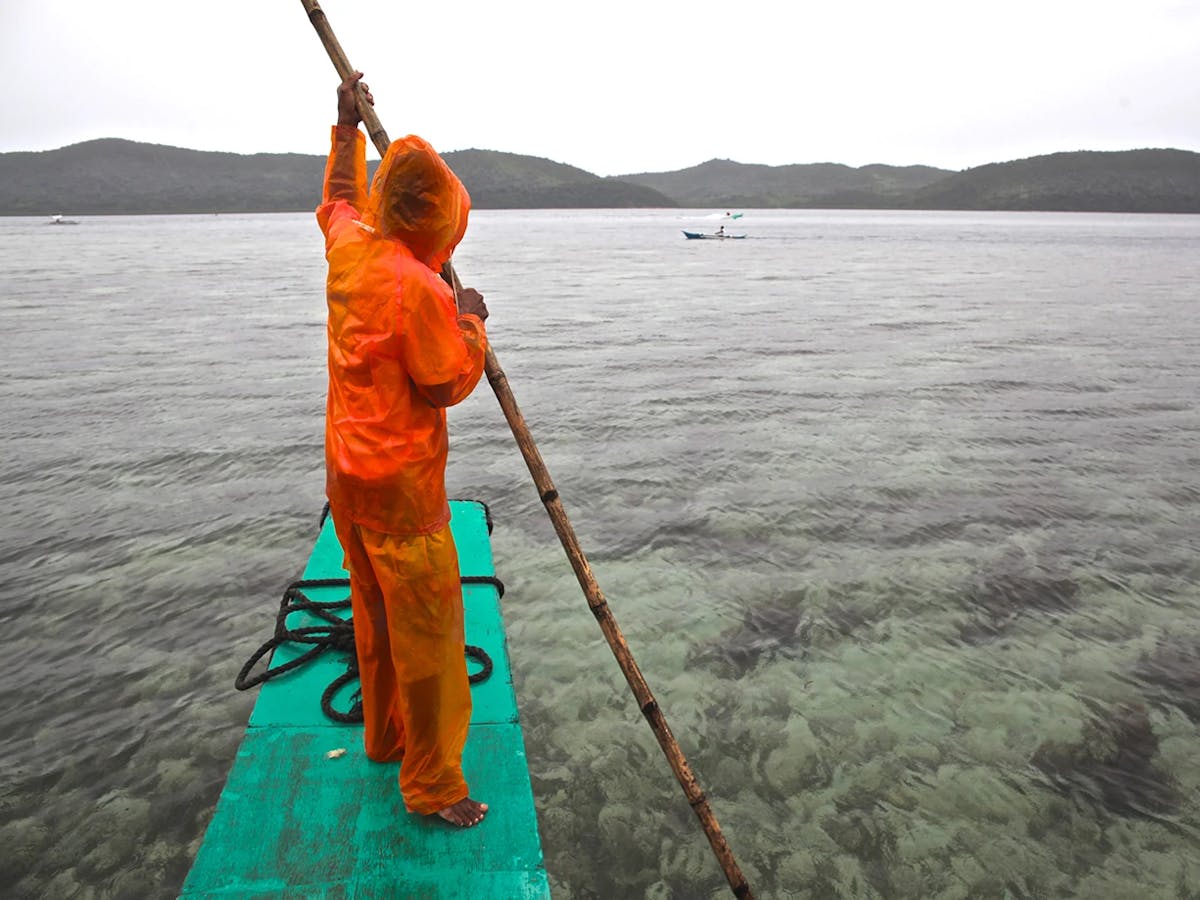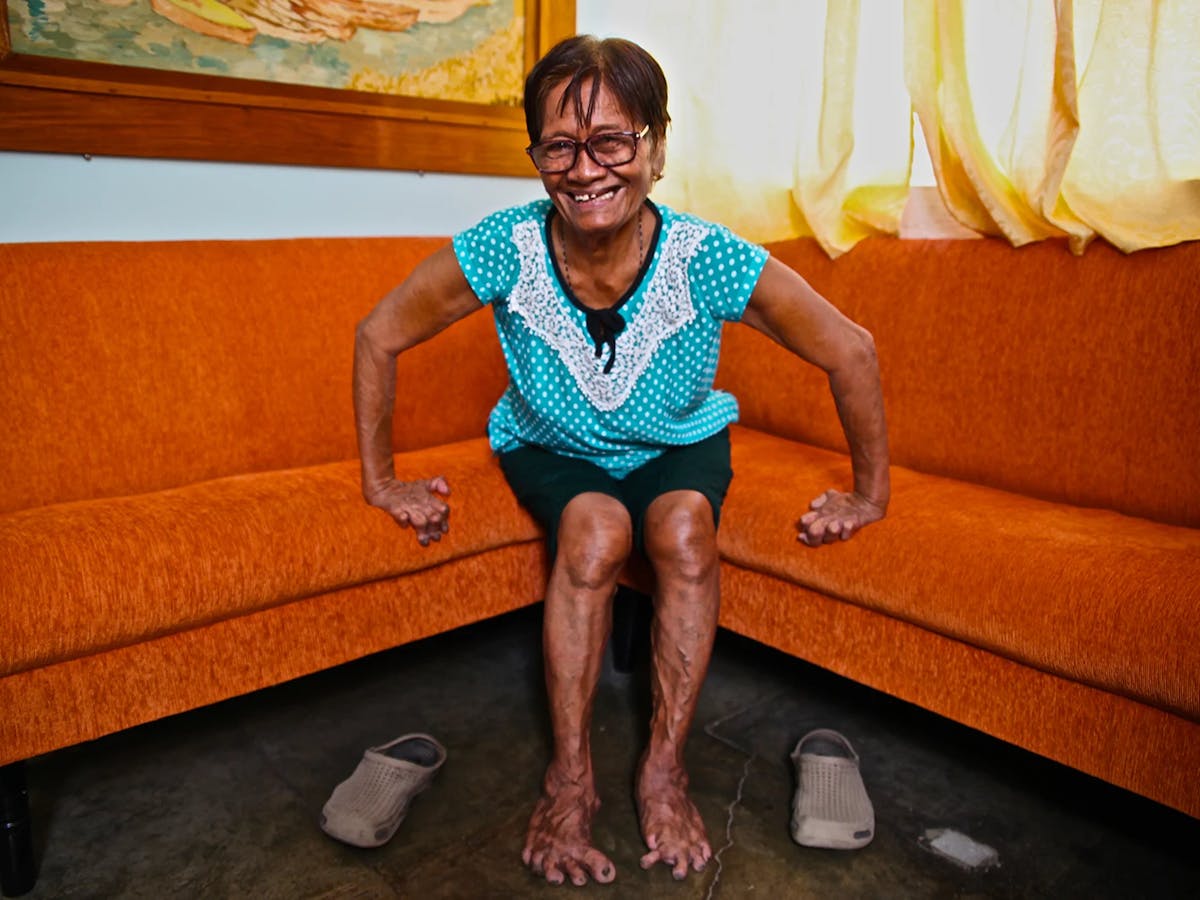
Although leprosy can be treated, lack of healthcare infrastructure is a key impediment to eliminate the disease.
 Table of contents
Table of contents Zeroing in on the last mile
Zeroing in on the last mile More data, more precise
More data, more precise Overcoming challenges
Overcoming challengesPublished on 23/11/2020
In 2018, the road movie Yommeddine was selected to compete for the Palme d’Or at the Cannes Film Festival, telling the story of a cured leprosy patient and his difficult reintegration into society. The film threw a rare spotlight on the disease and showcased the plight of one of the hundreds of thousands of people worldwide who are suffering from leprosy, which – although curable – has defied eradication for decades.
Leprosy has been treatable with multidrug therapy, or MDT, since the 1970s (see box on page 48). Despite this possibility, the disease remains a huge global health challenge as the medical therapy constitutes only one element in the fight against the world’s oldest illness. Other challenges are the diagnosis of the disease and the early prevention of new infections.
The number of new patients diagnosed with leprosy remained persistent at about 200 000 to 250 000 per year in the past decade. This is partly due to the fact that leprosy has an incubation period of more than 20 years and often occurs in hard-to-reach communities with poor access to healthcare. Hence, untreated patients can easily spread the disease, especially in the early phases.












